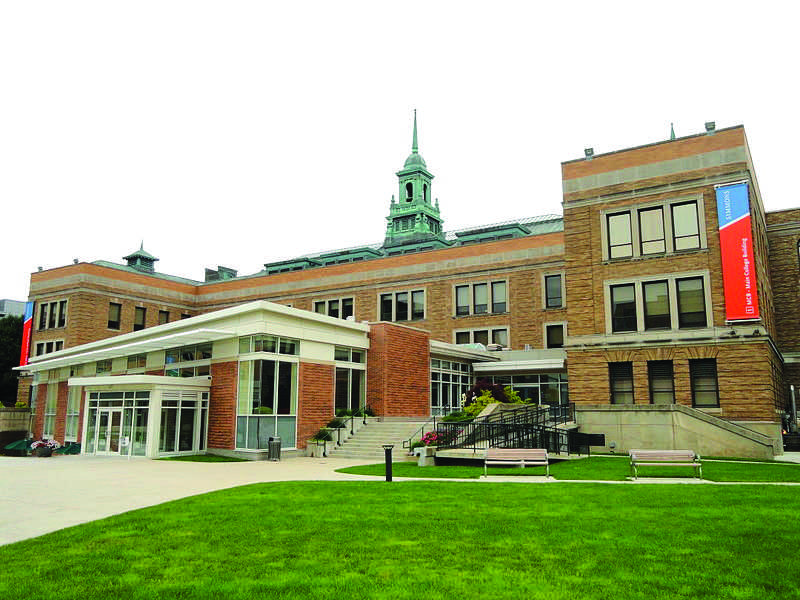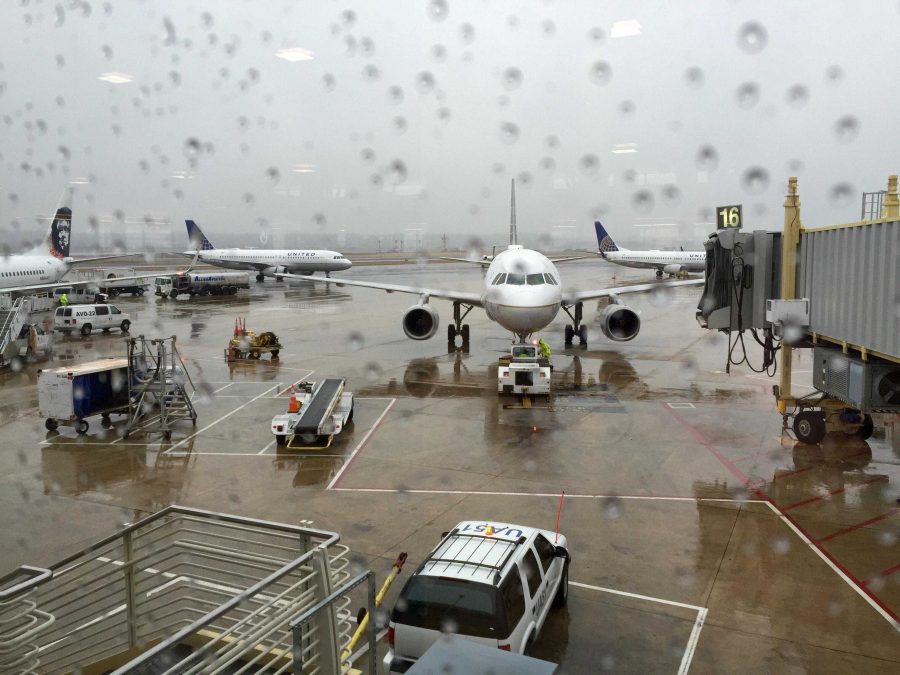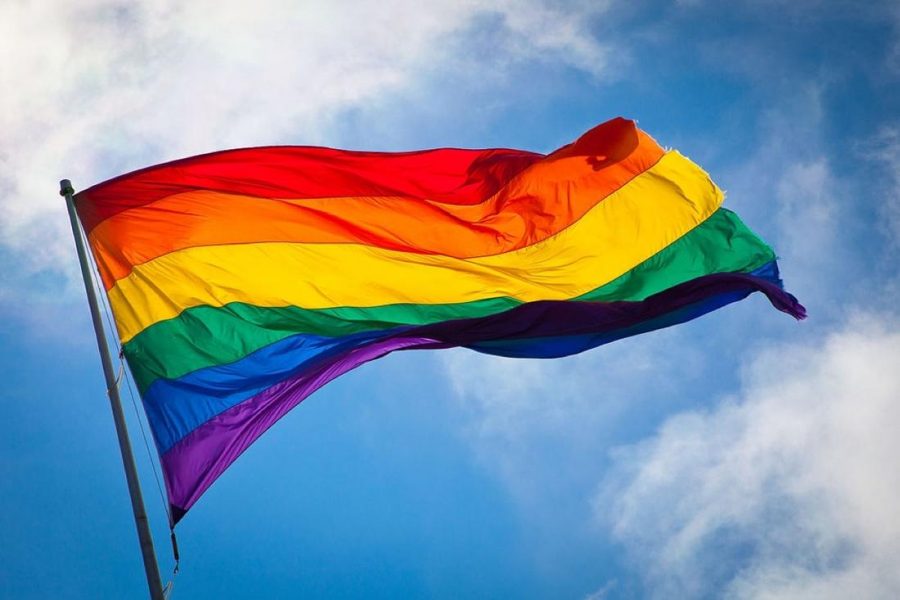By Livia Durdia
Contributing Writer
After Operation Protective Edge, many in Gaza and Israel are returning to their normal lives. Children and fishermen have returned to the beaches of the Eastern Mediterranean, where just four weeks ago, four young boys of the same family were deliberately targeted and murdered. Graduations from Palestinian universities have continued, where a 2-year-old girl who was the only survivor of her family was given her sister’s diploma. Gaza’s children are returning to school, albeit with new obstacles such as new physical injuries and psychological trauma.
Israelis have also been able to return to their normal routines. Although many Israeli citizens felt safe enough during the onslaught to go to beaches or to travel to the cliffs bordering Gaza in order to watch and cheer as the bombs landed, Operation Protective Edge was still a trying time for many. IDF Chief of Staff Lt.-Gen. Gantz noted: “I am aware that residents in the south have suffered through an extremely trying period and I truly appreciate their resilience and the fact that so many of them have chosen to remain living in these communities throughout the years.” Israel has also been trying to deal with other “problems” after OPE. For example, its agriculture minister, Yair Shamir, stated that Israel is looking into ways to reduce the birthrate of Bedouins.
During Operation Protective Edge, between 2131-2168 Palestinians were killed (1473-1666 of which were civilians, including 501-521 children and 257-297 women). In the same time period 71 Israelis were killed. Of those 66 were soldiers. Five were civilians. Approximately 108,000 of Gaza’s 1.8 million Palestinians are now homeless due to the damage and the Palestinian authority estimates that it will cost $7.8 Billion to repair said damage.
Amnesty International and other human rights organizations have have documented evidence of widespread violations of the laws of war committed by the Israeli military during “Operation Protective Edge,” including : The reckless and disproportionate use of deadly force in densely-populated urban areas; attacks on medical facilities and workers and UN schools sheltering displaced civilians; and finally, attacks on civilians and the targeting of civilian infrastructure and the homes of Palestinian political and military officials.
Furthermore, rates of suicide in IDF soldiers increased dramatically after the operation. A military psychiatric specialist explained it as an anomaly (as the rate was the lowest number of suicides in IDF history). According to Counter Current News, Gazans say that the brutality they witnessed from IDF brigades would have, according to Gaza City resident M.A. Hussein, “been impossible for anyone with a conscience to live with.”
Everyone is trying to rebuild and move on. Sarah Algherbawi, a writer living in Gaza, wrote “The killing is over but the pain of the missing dead is not. The killing is over but the injuries are not healed. The killing is over but the houses are no longer standing. The killing is over but our souls are not yet cured.”














